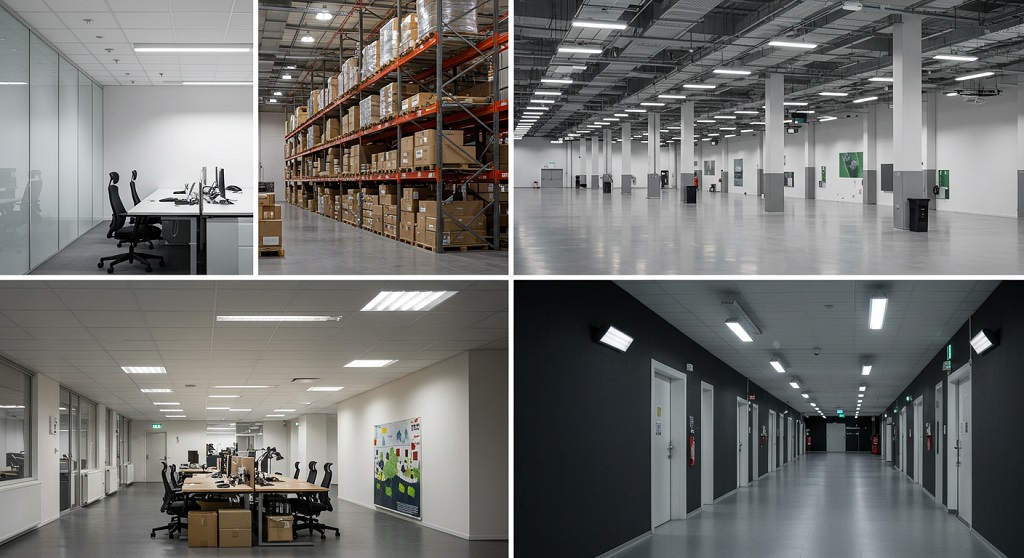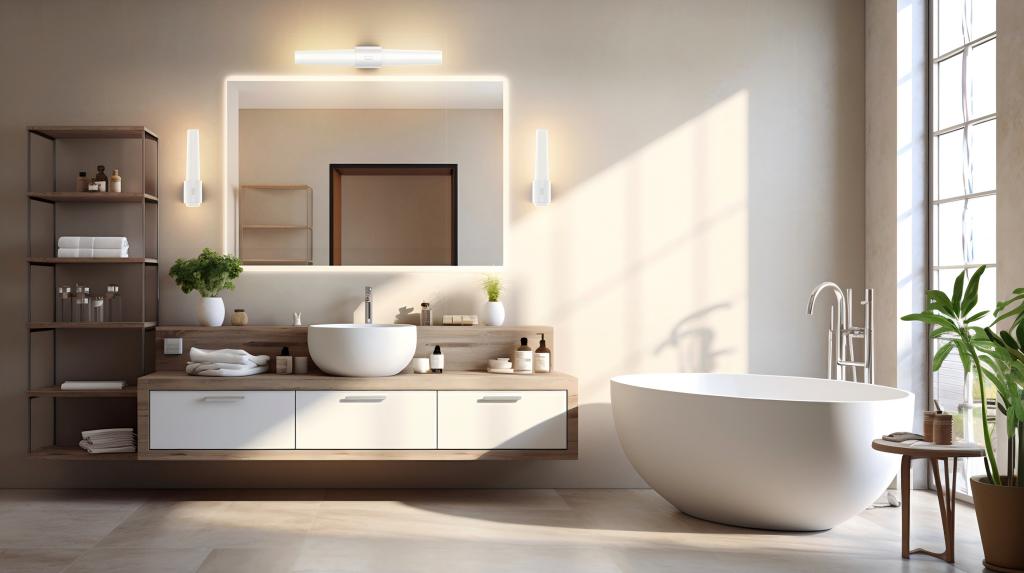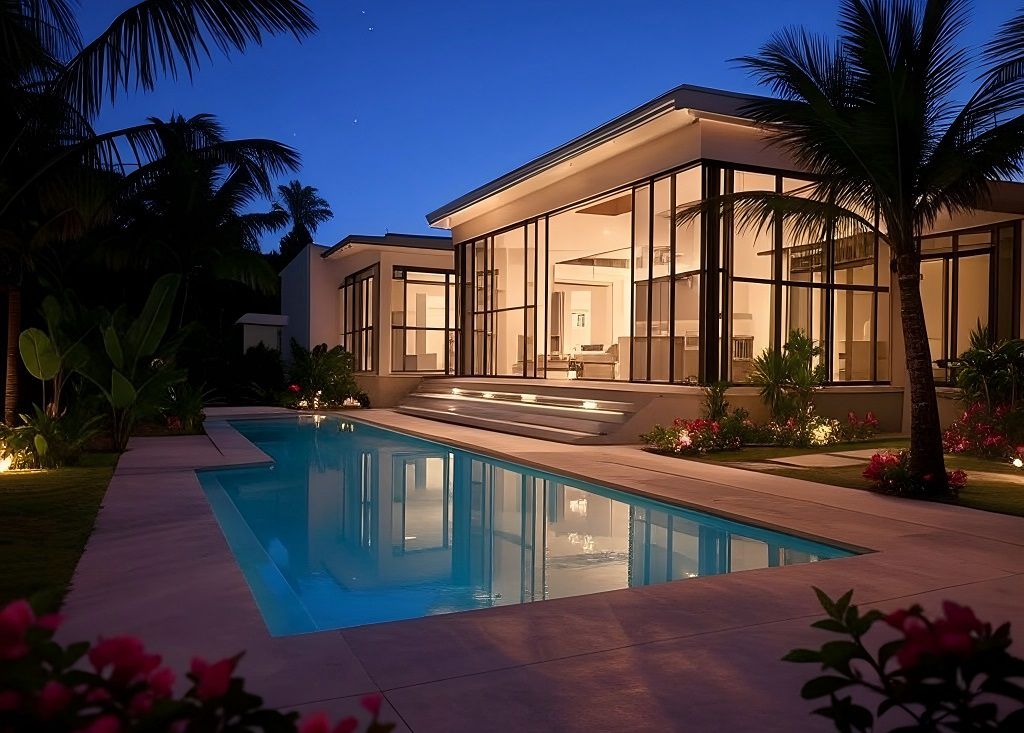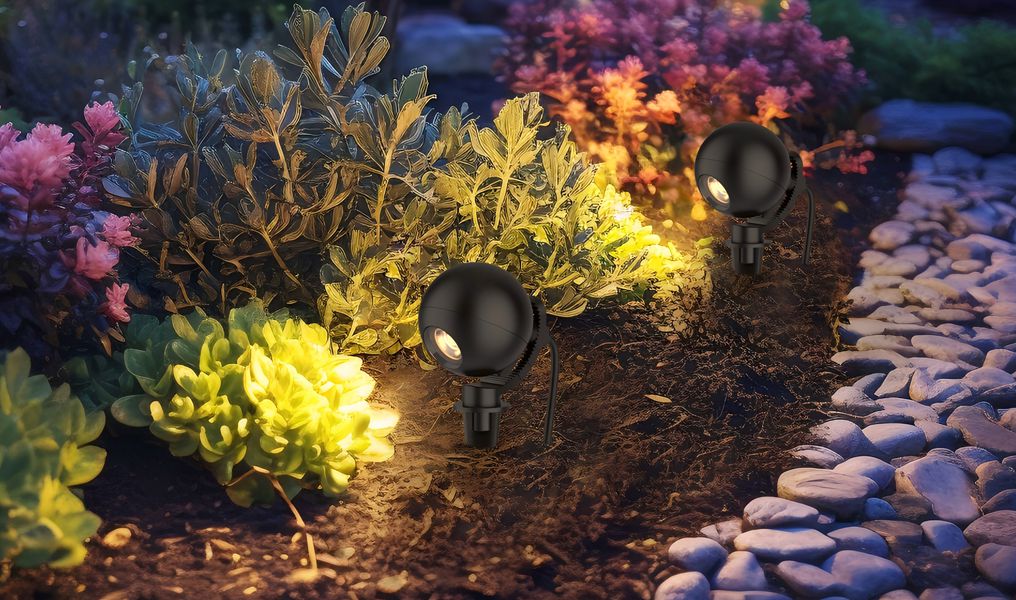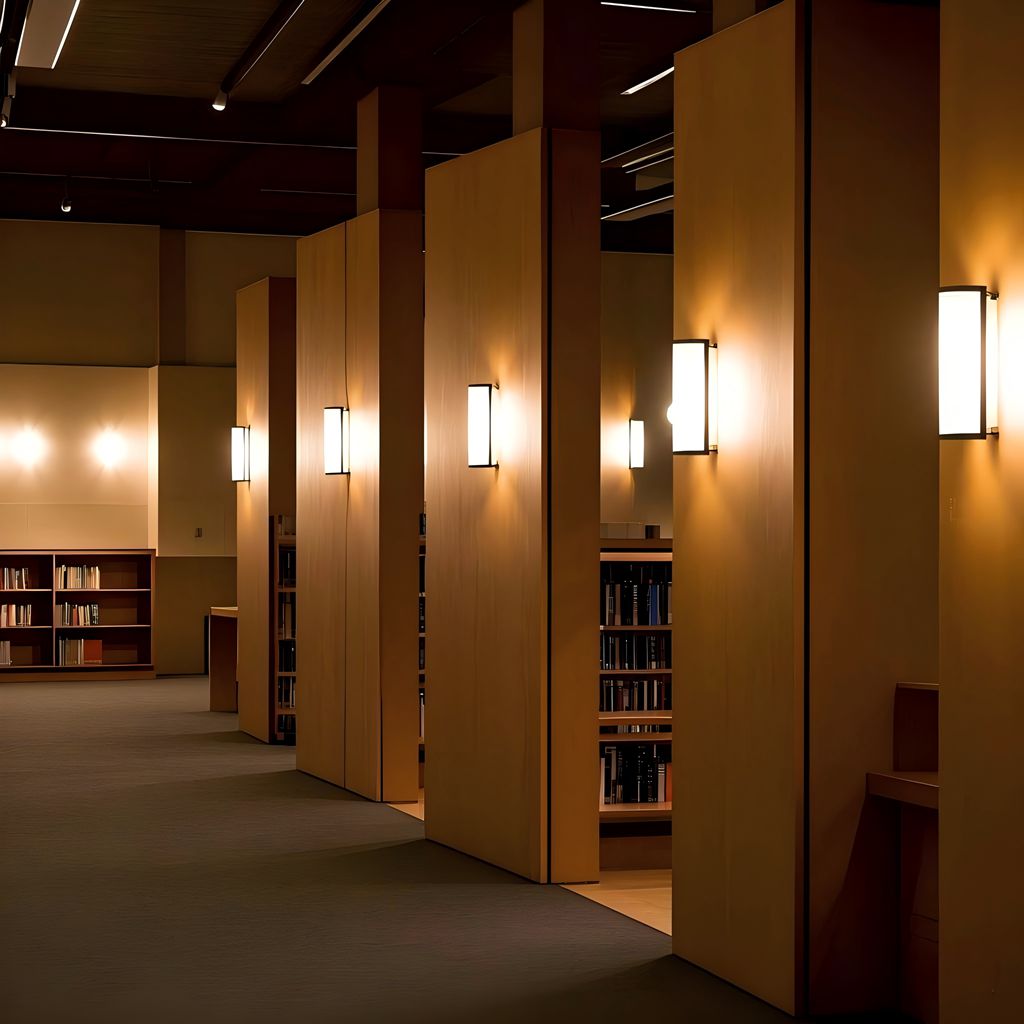These days, everyone is converting their lighting to LEDs. It’s not hard to understand why. LED lights offer numerous improvements over every other type of bulb on the market. That’s just the fact. They work better with smart home systems and control and allow for color temperature control. This makes them ideal for home lighting. But, whether you’re lighting an entire warehouse with a complicated LED system or simply looking for a bright ceiling light for your home, lighting is all about lumens. And, when business owners and other professionals are looking to upgrade their lighting to LED fixtures, some of our most asked questions are about lumens.
#What is Watts?
Before we get into the nitty-gritty details of lumens, we first want to quickly cover watts.A watt is defined as: a measurement of energy denoting a rate of power. When 1 amp flows through an electrical restrictor of 1 volt, the resulting energy is calculated in terms of watts.

(This is our product: WL83)
#What are lumens?
Now that we’ve covered watts, we can move on to the ins and outs of lumens and LED lighting. But what are lumens, exactly? The technical definition of a lumen is: “a unit of luminous flux in the International System of Units. It is equal to the amount of light detected through a solid angle by a source of one-candela intensity.” In layman’s terms, lumens are a measurement of the amount of visible light a bulb emits. Now you may be thinking, “No, that’s what watts are.” This is likely because we purchase bulbs for our home based on watts instead of lumens.

#What about efficiency?
The number of lumens a bulb produces for each watt it consumes. The higher the number, the more efficient the bulb. For example, lighting products that have been designated with the ENERGY STAR label are deemed high efficacy, meaning they have been determined to deliver the same features while using less energy
#Different lumens for different tools
Below is the lumen introduction of some of our company's lamps:
|
BULB/BRIGHTNESS |
800 |
900 |
1100 |
1600 |
2600 |
|
|
10W |
10W |
15W |
20W |
30W |
|
|
10W |
10W |
13W |
18W |
25W |
|
|
/ |
12W |
12W |
18W |
30W |
#How Many Lumens Do I Need?
Step 1:
Measure the square footage of the room you’ll be the lighting. To do this, just multiply the length of the room by the width of the room.
Step 2:
Decide what foot candles are appropriate for your space. The lighting requirements of a room depend on its purpose and therefore vary greatly from space to space. In an office space, for example, you’ll need more foot-candles than in a warehouse.
Step 3:
It’s time to figure out how many lumens you need. And, as long as you’ve followed the first two steps, there’s a pretty simple equation that will give you a good idea of what you’ll need. To determine the number of lumens your space needs, multiply the square footage by the foot-candle requirements.
|
Room |
Foot-candles Needed |
|
Living Room |
10-20 |
|
Kitchen General |
30-40 |
|
Kitchen Stove |
70-80 |
|
Kitchen Sink |
70-80 |
|
Dining Room |
30-40 |
|
Bedroom |
10-20 |
|
Hallway |
5-10 |
|
Bathroom |
70-80 |




